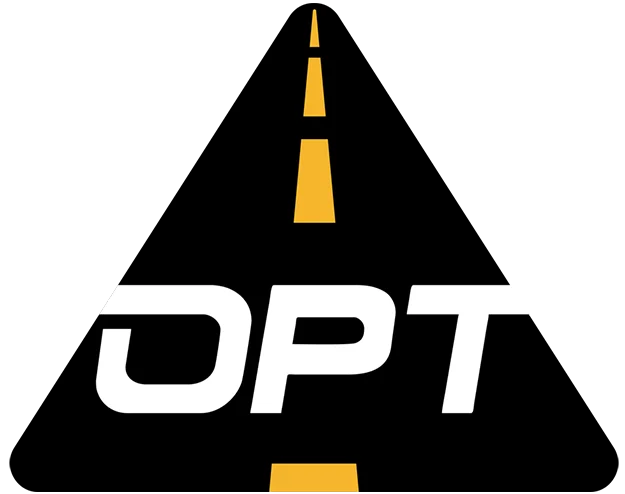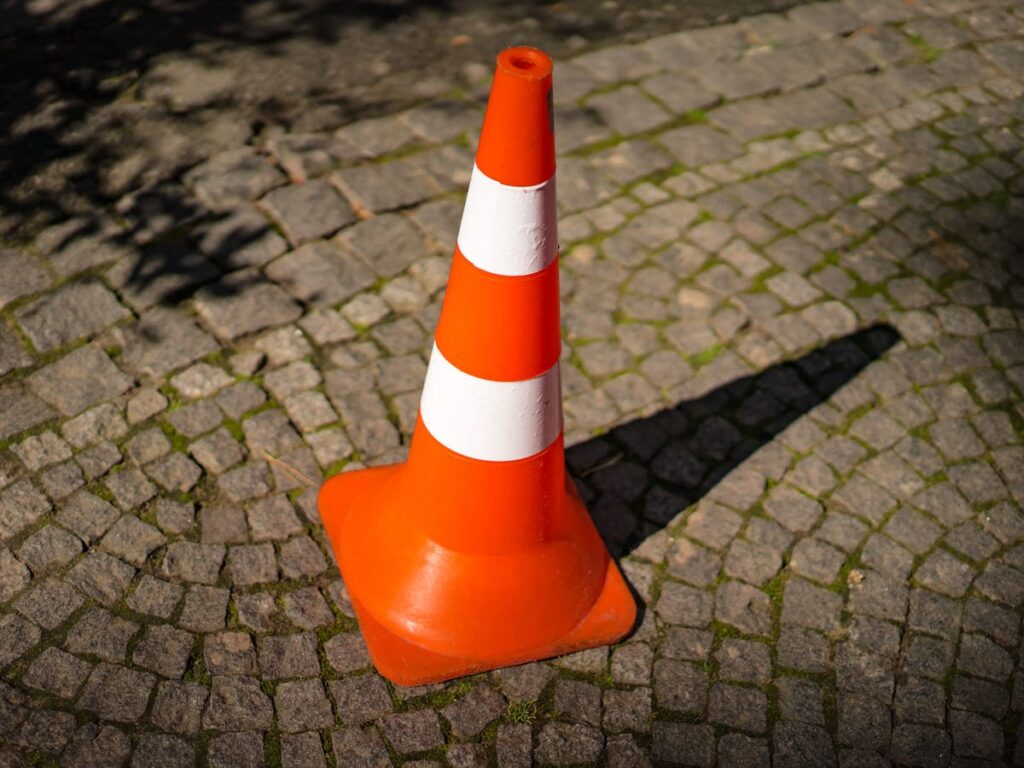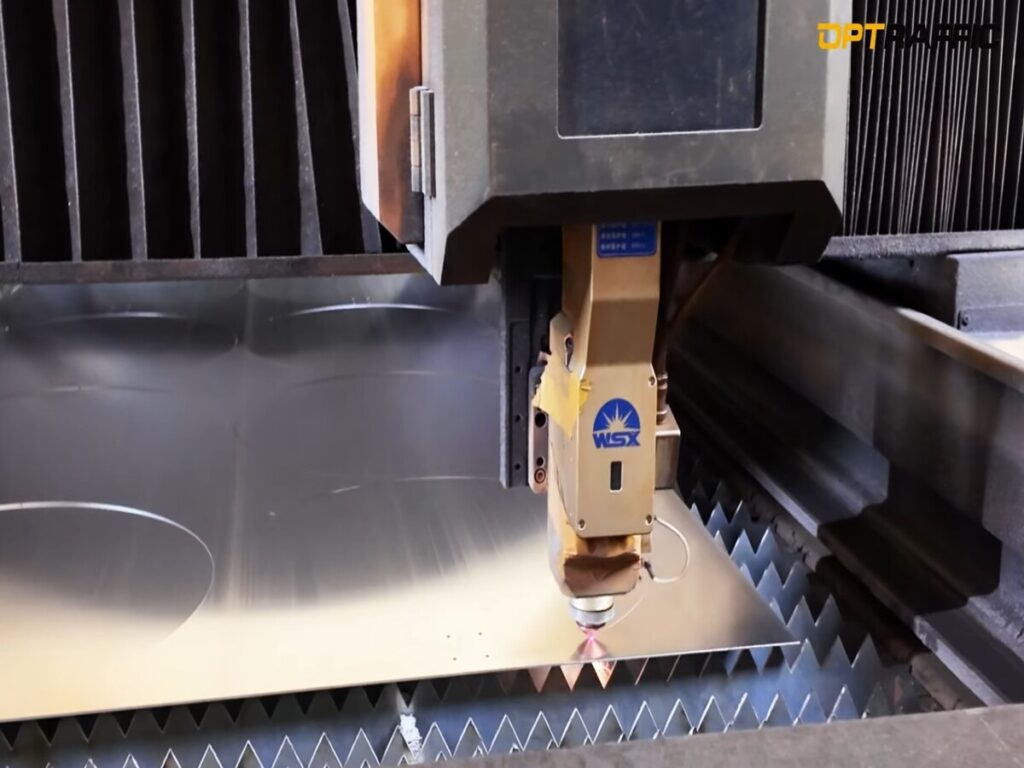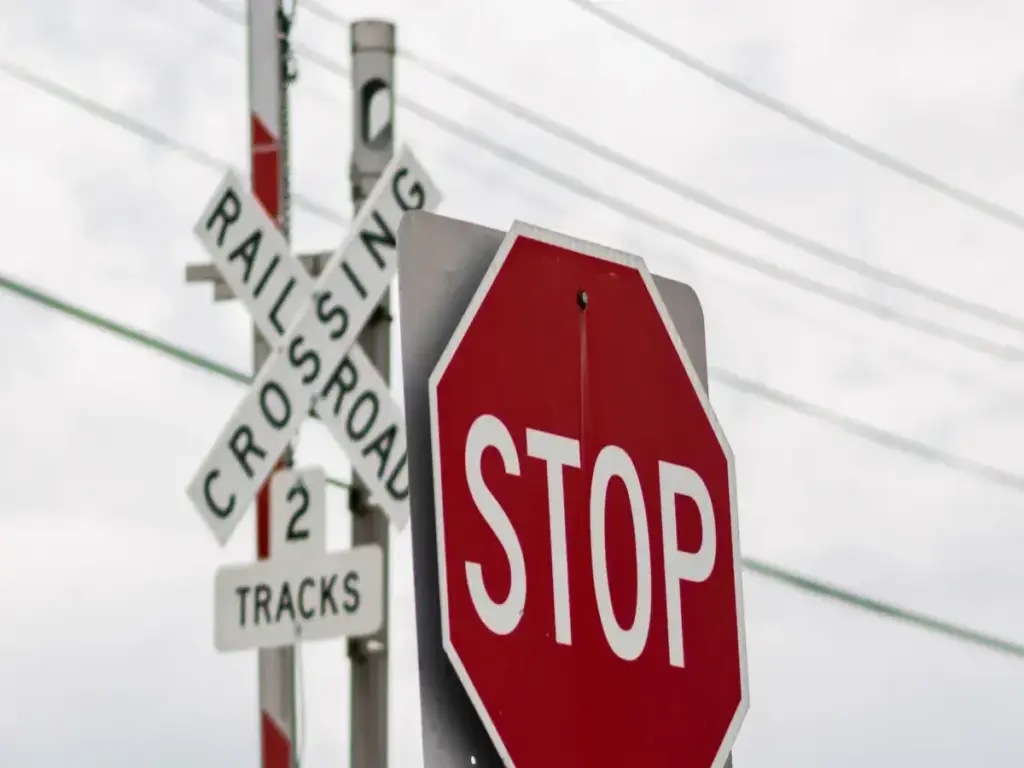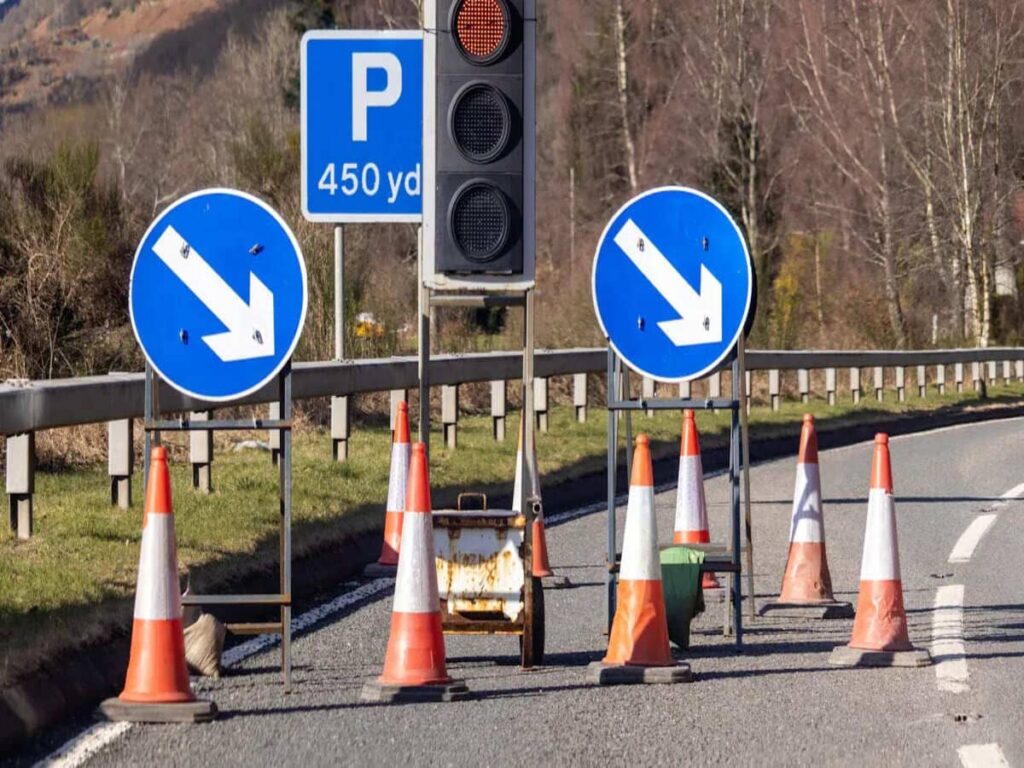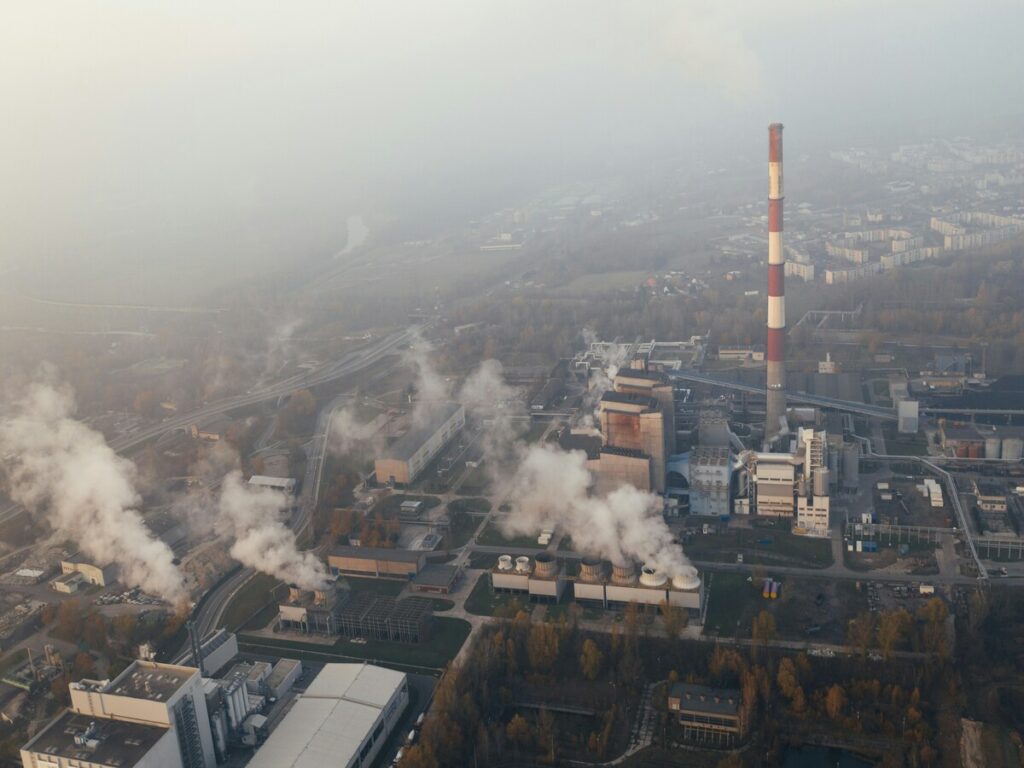
El monóxido de carbono es una amenaza silenciosa e invisible que puede representar un peligro en las zonas de trabajo. Este gas inodoro e incoloro puede acumularse rápidamente en espacios confinados, Crear un ambiente peligroso que ponga en riesgo la salud y la seguridad de los trabajadores. Colocando estratégicamente conos de tráfico, especialmente los rojos, Puede ayudar a minimizar el riesgo de exposición. Estos conos de seguridad rojos sirven como marcadores visuales para definir claramente las áreas peligrosas., Mantener a los trabajadores alejados de las zonas de alto riesgo. El uso de conos de tráfico no solo aumenta la visibilidad de las zonas de peligro, sino que también ayuda a guiar al personal y al equipo de manera segura, Asegurar que todos en el sitio sean conscientes de los riesgos potenciales y puedan navegar el área con precaución.
Implementando esta medida de seguridad simple pero efectiva, Puede reducir significativamente las posibilidades de exposición al monóxido de carbono y proteger su fuerza laboral de daños..
Comprender el monóxido de carbono en zonas de trabajo
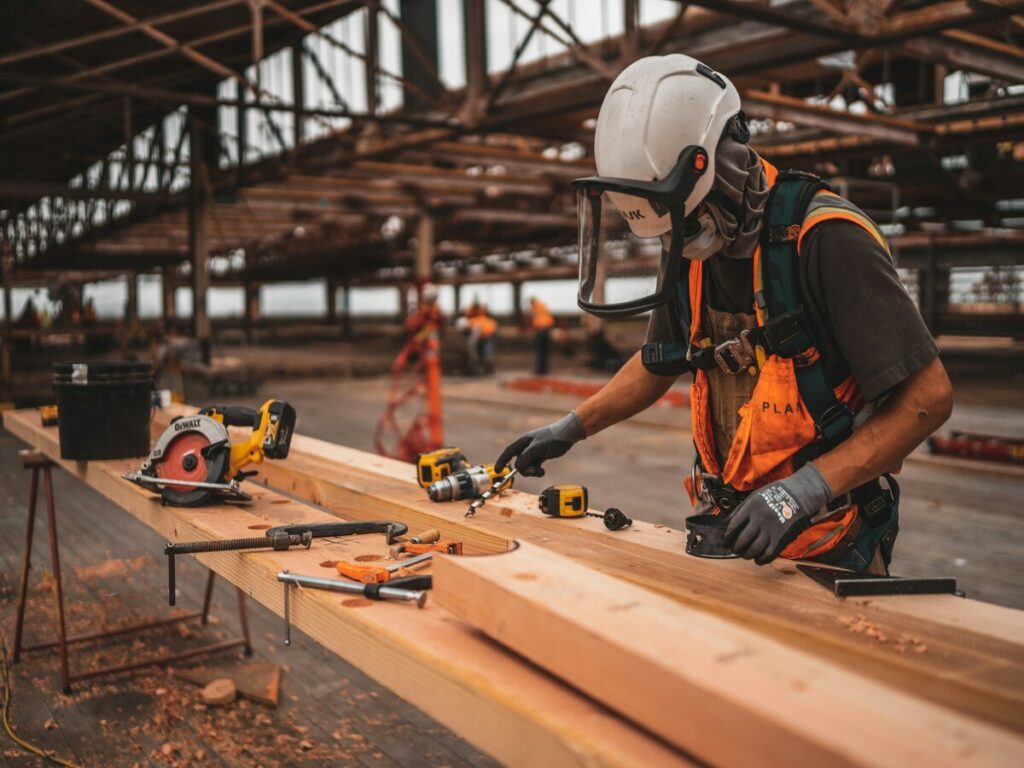
Fuentes comunes de monóxido de carbono
Monóxido de carbono es un incoloro, inodoro, y gas altamente tóxico que a menudo es producido por la combustión incompleta de Combustibles que contienen carbono. Es comúnmente emitido por motores de combustión interna, hornos, horno, y otra maquinaria con combustible. Cuando estas fuentes de equipo no se mantienen o ventilan adecuadamente, pueden volverse particularmente peligrosos, Como el gas puede acumularse a niveles peligrosos sin detección.
En zonas de trabajo, vehículos como camiones, carretillas elevadoras, y los generadores son culpables comunes de liberación de monóxido de carbono. Estos vehículos queman combustible durante la operación, y si los sistemas de escape están comprometidos o ineficientes, El gas puede acumularse en el área circundante. Mientras que el monóxido de carbono se libera típicamente de los escapes del vehículo, También puede emanarse de equipos con combustible utilizado en la construcción, fabricación, y tareas industriales. El problema empeora cuando estas máquinas se usan en espacios poco ventilados o confinados, como túneles, almacenes, o pequeñas áreas de construcción.
Trabajadores en espacios confinados, tales como pozos, garajes, túneles, y sótanos, tienen un riesgo aún mayor de exposición al monóxido de carbono. En estos entornos, El monóxido de carbono tiende a acumularse porque hay poco flujo de aire para dispersar el gas. La naturaleza confinada de estos espacios atrapa el monóxido de carbono, conduciendo a una acumulación peligrosa que puede alcanzar rápidamente niveles peligrosos. En estas situaciones, El riesgo de envenenamiento por monóxido de carbono se amplifica, A medida que el gas desplaza el oxígeno en la sangre, conduciendo a asfixia o envenenamiento.
Ciencia detrás del monóxido de carbono
La ciencia detrás de la toxicidad del monóxido de carbono radica en su capacidad para unirse con hemoglobina en la sangre, de manera más eficiente que el oxígeno. Cuando inhalado, las formas de gas carboxhemlobin, Pediendo que la sangre transporte oxígeno a órganos y tejidos vitales. Esto puede causar síntomas que van desde mareos y confusión hasta efectos más graves., como la inconsciencia, daño de órganos, e incluso la muerte si la exposición se prolonga o en altas concentraciones.
Reconocer las fuentes de monóxido de carbono y comprender cómo se acumula es crucial para mantener la seguridad en las zonas de trabajo. Sistemas de ventilación efectivos, Mantenimiento adecuado del equipo, y el uso de medidas de seguridad como conos de tráfico puede ayudar a gestionar los riesgos de exposición. Marcando las áreas peligrosas y el movimiento guía, Los conos de tráfico juegan un papel fundamental para mantener a los trabajadores informados y protegidos de los peligros del monóxido de carbono. La conciencia y la preparación son clave para garantizar la salud y la seguridad de quienes trabajan en entornos peligrosos.
Síntomas y riesgos para la salud de la exposición
La exposición al monóxido de carbono puede causar una variedad de síntomas. Puede experimentar la tensión en el cofre, dolores de cabeza, o mareos. La fatiga y las náuseas también son comunes. La exposición prolongada puede conducir a la confusión, debilidad muscular, o incluso pérdida de conciencia. En casos severos, puede provocar un colapso o dolor repentino en el pecho. La exposición a largo plazo conlleva riesgos adicionales, incluyendo problemas de memoria, problemas de equilibrio, y cambios de personalidad. Estos síntomas destacan la importancia de abordar los riesgos de monóxido de carbono de inmediato para proteger su salud.
Por qué la seguridad de la zona de trabajo requiere especial atención a los peligros de CO
Las zonas de trabajo presentan desafíos únicos en la gestión Riesgos de monóxido de carbono. Los espacios confinados a menudo carecen de ventilación adecuada, permitiendo que el gas se acumule rápidamente. El monitoreo en tiempo real se vuelve crítico en estos entornos para detectar niveles peligrosos. El uso de equipos de quema de combustible aumenta el riesgo, Hacer que el mantenimiento regular sea esencial. Educar a los trabajadores sobre los riesgos de monóxido de carbono asegura que puedan identificar los síntomas temprano y tomar medidas. Abordando estos desafíos, Puede crear un ambiente de trabajo más seguro y reducir el riesgo elevado de exposición al monóxido de carbono.
El papel de los conos de tráfico en la prevención de la exposición al monóxido de carbono
Marcando áreas peligrosas con conos de seguridad rojos
Los conos de seguridad rojos juegan un papel vital en el marcado de áreas peligrosas donde pueden aumentar los niveles de monóxido de carbono. Puede usar estos conos de seguridad rojos para crear límites visuales claros alrededor de espacios confinados como túneles o garajes.. Esto ayuda a los trabajadores y peatones a identificar las zonas de peligro rápidamente. En mantenimiento de servicios públicos, Los conos de seguridad rojos actúan como barreras, Prevención de la entrada accidental en áreas con altos riesgos de monóxido de carbono. Su color brillante asegura la visibilidad incluso en condiciones de poca luz, Mejorar la seguridad de la zona de trabajo. Marcando estas áreas de manera efectiva, Puede proteger a los trabajadores y reducir las posibilidades de exposición a este gas nocivo.
Guiar el tráfico para minimizar la acumulación de CO
Los conos de tráfico ayudan a administrar el movimiento del vehículo, Reducción de la congestión y el ralentí. La colocación estratégica de los conos de seguridad rojos evita el tráfico de parada y visita, que reduce las emisiones de monóxido de carbono. Por ejemplo:
- Conos guía vehículos lejos de espacios confinados, Asegurar la ventilación adecuada.
- Reducen el riesgo de accidentes, que a menudo conducen a un ralentí prolongado.
- Titulares de cono de tráfico sostenible, hecho de materiales reciclables, alinearse con las tendencias de responsabilidad ambiental.
Mediante el uso de conos de tráfico para guiar el tráfico de manera eficiente, No solo mejora la seguridad de la zona de trabajo sino que también prevé la exposición al monóxido de carbono.
Creación de zonas seguras para la ventilación y la protección de los trabajadores
La disposición adecuada de los conos de tráfico le permite establecer zonas seguras para la ventilación.. Puedes crear zonas como advertencia anticipada, transición, actividad, y áreas de terminación. La zona de actividad es particularmente importante para dirigir vehículos lejos de los trabajadores y la maquinaria.. Asegúrese de que los conos de seguridad rojos estén espaciados correctamente y permanezcan visibles para todos en el área. Esta configuración mejora el flujo de aire, Reducción de la acumulación de monóxido de carbono. Además, Estas zonas seguras protegen a los trabajadores manteniéndolos alejados de las áreas de alto riesgo. Con este enfoque, Puede salvaguardar tanto a los trabajadores como a los peatones mientras mantiene un ambiente de trabajo más seguro..
Para conos de tráfico confiables y duraderos que mejoran la seguridad en cualquier zona de trabajo, OPTsigns ofrece una amplia gama de opciones de alta visibilidad. Conos de tráfico de Optsigns están diseñados para soportar condiciones difíciles mientras proporcionan claros, advertencias efectivas. Proteja a su equipo y garantice el cumplimiento de los estándares de seguridad eligiendo Optsigns para todas sus necesidades de cono de tráfico.
Consejos prácticos para usar conos de tráfico de manera efectiva
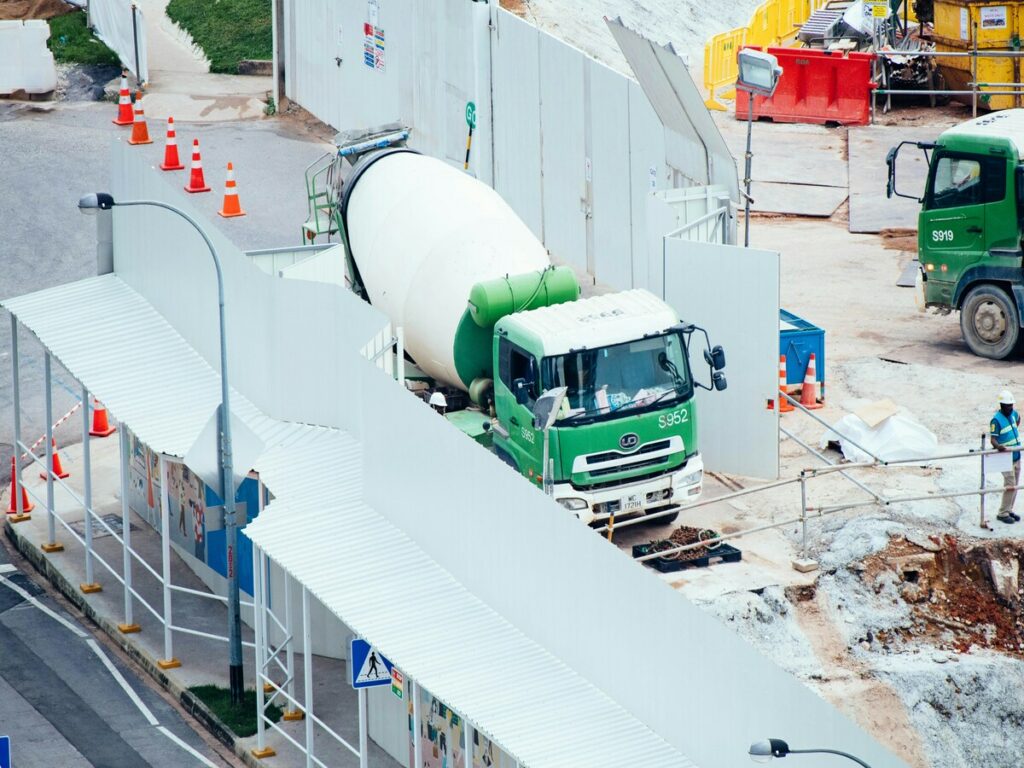
Colocación estratégica de conos de tráfico en zonas de trabajo
La colocación estratégica de los conos de tráfico asegura la máxima seguridad para los trabajadores y los conductores. Comience por evaluar el tamaño de la zona de trabajo e identificar áreas que requieren control de tráfico. Colocar conos aproximadamente 250 pies desde el sitio de construcción para guiar los vehículos de forma segura. Use un patrón de reducción, comenzando con el primer cono sobre 40 ir a pie, para dirigir el tráfico a los carriles correctos. Mantener un espacio de 20 Pies entre conos de seguridad rojos para crear una barrera clara y consistente. Conos más altos con elementos reflectantes mejoran la visibilidad en las carreteras o en condiciones de poca luz. Siempre verifique el diseño desde la perspectiva de un conductor para garantizar la claridad y reducir la confusión. La colocación adecuada no solo mejora la seguridad de la zona de trabajo, sino que también minimiza la acumulación de monóxido de carbono al reducir el ralentí y la congestión.
Garantizar el cumplimiento de los estándares de seguridad
Adherirse a las regulaciones de seguridad es esencial al usar conos de tráfico. Seguir el Manual en dispositivos de control de tráfico uniformes (Muescato) pautas, que especifica la altura del cono, color, y colocación. Para carreteras, Los conos de seguridad rojos deben ser al menos 28 pulgadas de alto y equipadas con collares reflectantes para la visibilidad nocturna. Use conos con una base negra más pesada para garantizar la estabilidad en condiciones de viento y viento. Las regulaciones locales también pueden requerir actualizaciones de su plan de control de tráfico. Los materiales duraderos y los colores vibrantes mejoran la visibilidad, Hacer conos de barreras de seguridad efectivas. El cumplimiento de estos estándares protege a los trabajadores y garantiza el uso adecuado de los productos de seguridad del tráfico.
Integrando conos de tráfico con detectores de CO y otras medidas de seguridad
Combinar conos de tráfico con medidas de seguridad adicionales para mejorar las puntas de seguridad del monóxido de carbono. Use monitores de Co Personal para alertar a los trabajadores sobre el aumento de los niveles de gas. Lugar CO Detectores espacios casi confinados como túneles o garajes para monitorear la calidad del aire. Organice conos de seguridad rojos para crear zonas seguras que mejoren la ventilación y mantengan a los trabajadores alejados de las áreas de alto riesgo. Los conos de tráfico inteligentes con luces o sonidos de advertencia pueden proporcionar comentarios inmediatos durante las emergencias. Estas innovaciones, junto con la colocación adecuada del cono, Reducir los riesgos y garantizar un ambiente más seguro para todos en la zona de trabajo.
El monóxido de carbono plantea graves riesgos en las zonas de trabajo. La exposición a corto plazo puede causar mareos y fatiga, Si bien la exposición a largo plazo puede conducir a problemas cognitivos y cardiovasculares. Casos graves dan como resultado confusión o inconsciencia. Puede mitigar estos riesgos manteniendo el equipo, optimización de ventilación, y utilizando sistemas de monitoreo de CO. Los conos de tráfico juegan un papel crucial en la marca de las zonas de peligro, tráfico guía, y crear áreas seguras. Estas medidas protegen a los trabajadores y reducen la exposición. Adoptar procedimientos de trabajo claros, Educar a los trabajadores, y la preparación de los planes de emergencia mejoran aún más la seguridad. Implementando estas estrategias, creas un ambiente más seguro y protege a los trabajadores de manera efectiva.
